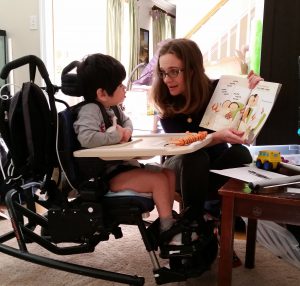 I’ve been struggling to write this post for the past month and every time I sit down to write nothing comes out. And yet, sometimes we have to write about hard things. So here it goes.
I’ve been struggling to write this post for the past month and every time I sit down to write nothing comes out. And yet, sometimes we have to write about hard things. So here it goes.
I have worked with Joey since he was two years old. When I began working with him in the summer of 2016 he was not yet using a device, but still loved participating in any learning type of activity. Joey adored books, and the more I connected our work to books and stories the more engaged he became. Even before he had a device to participate with the book he was actively engaged. If I handed him a maraca he could shake it at all the right times for the Pete the Cat stories he loved so much. He knew exactly when his turn to shake the maraca was, and he waited until the right moment in the story. Beyond his bright eyes that could speak directly to anyone he was communicating with, it was his maraca participation that let me see there was a bright and engaged child unable to engage with the world like he wanted.

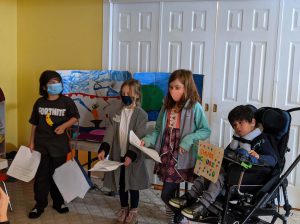
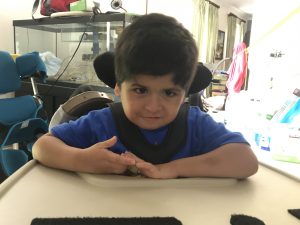 As a part of our schedule in our inclusive pod, we begin each session with a group meeting where we review the day’s message, talk about the date, and review our plans for the day. At the end of this meeting I give each grade level a math challenge based on what we are learning. Right now, the first graders are working on identifying coins, so we’ve been counting coins. The third graders have to count a mix of change, tell me the amount and also identify how much more money they need until they get to one dollar. The first graders have to count one group of coins (pennies, nickels, dimes – not mixed) and tell me how much there is.
As a part of our schedule in our inclusive pod, we begin each session with a group meeting where we review the day’s message, talk about the date, and review our plans for the day. At the end of this meeting I give each grade level a math challenge based on what we are learning. Right now, the first graders are working on identifying coins, so we’ve been counting coins. The third graders have to count a mix of change, tell me the amount and also identify how much more money they need until they get to one dollar. The first graders have to count one group of coins (pennies, nickels, dimes – not mixed) and tell me how much there is.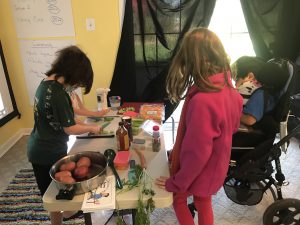 As our inclusive pod goes on I continue to contribute much of the success to the theory that if you plan for the students on the two extremes of your group – those who may need the more intensive support and those who may need extensions, then i
As our inclusive pod goes on I continue to contribute much of the success to the theory that if you plan for the students on the two extremes of your group – those who may need the more intensive support and those who may need extensions, then i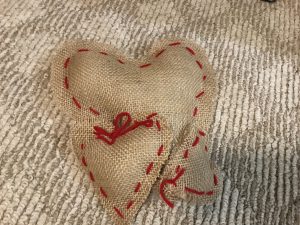 we wanted to do a project that dealt with thankfulness, but hadn’t found one yet.
we wanted to do a project that dealt with thankfulness, but hadn’t found one yet.
